Google Calendar is an effective tool that provides a simple and organized way of scheduling your tasks, engagements, and events. You can share occasions with others, remind yourself of upcoming meetings, and so much more. It is often a go-to choice for companies and individuals alike because of its user-friendly interface and its ability to streamline time management.
However, in this fast-paced world, we are constantly looking for ways to simplify processes and increase efficiency. Enter QR Codes. These are for more than just your favorite restaurant menu or ticket booking. When combined with Google Calendar, QR Codes open up a world of possibilities.
The concept of a Google Calendar QR Code is an ingenious one that marries the convenience of QR Codes with the functionality of Google Calendar.
It allows users to scan a QR Code using their smartphone and instantly be directed to a Google Calendar event. This eliminates the need to manually input details into your calendar, creating a smoother, swift, and hassle-free user experience.
We will cover everything from understanding what a Google Calendar QR Code is, why you should use it, how to create a QR code for Google Calendar, and more.
What is a Google Calendar QR Code?

Let's first delve into understanding the elixir of our topic: a Google Calendar QR Code, and answer some vital questions: What exactly is it? How does it function? And why is it changing the face of event management?
To simplify it, a Google Calendar QR Code is an encoded square-shaped barcode.
Upon scanning this QR Code with a smartphone or QR Code reader, it immediately redirects the user to a specific event or schedule on Google Calendar.
Sounds simple, right?
What it eliminates, however, is the complex process of manually entering each detail of an event onto your calendar, thereby living up to its hype of 'scan and save.'
Just think of all the networking events, webinars, or personal parties efficiently stored in your phone in a scan!
Importance and Usability

Every technological development holds weight because of the problem it solves and the simplicity it introduces. And Google Calendar QR Codes are no different. The importance of QR Codes for Google Calendar lies in its manyfold usability, providing convenience, engagement, and speed in its promising package.
1. Customer Convenience
It is a fast and reliable way to share event details with attendees without any potential human error or confusion. No longer do users need to input event details manually. You can now swiftly add to their Google Calendar with just a scan!
2. Increased Engagement
The allure of scanning a QR Code to reveal its embedded information can increase user interaction. It adds to the fun and technological aspect of attending an event, seminar, or even a workout class. Nowadays, it's all about creating an experience, and a Google Calendar QR Code does just that.
3. Speed and Efficiency
Time is a commodity we all value. This priceless feature of the Google Calendar QR Code allows us to save time for both the host and the attendee. By scanning the code, the event data is imported directly to your calendar, reducing the minutes spent typing in details and checking for correctness.
4. Technological Innovation
Last but certainly not least, it represents an innovative solution in digital event planning and communication. Tech-savviness and novelty are desirable in the current marketplace, and a Google Calendar QR Code is an effortless way to embrace modernization.
In the current landscape, where technology is constantly evolving, the Google Calendar QR Code serves as a bridge between traditional event-organizing methods and the new-age digital world. It is a symbol of efficiency, convenience, and innovation, all encapsulated in a scannable code that unlocks a world of scheduled events and appointments.
Why Use a QR Code for Google Calendar?
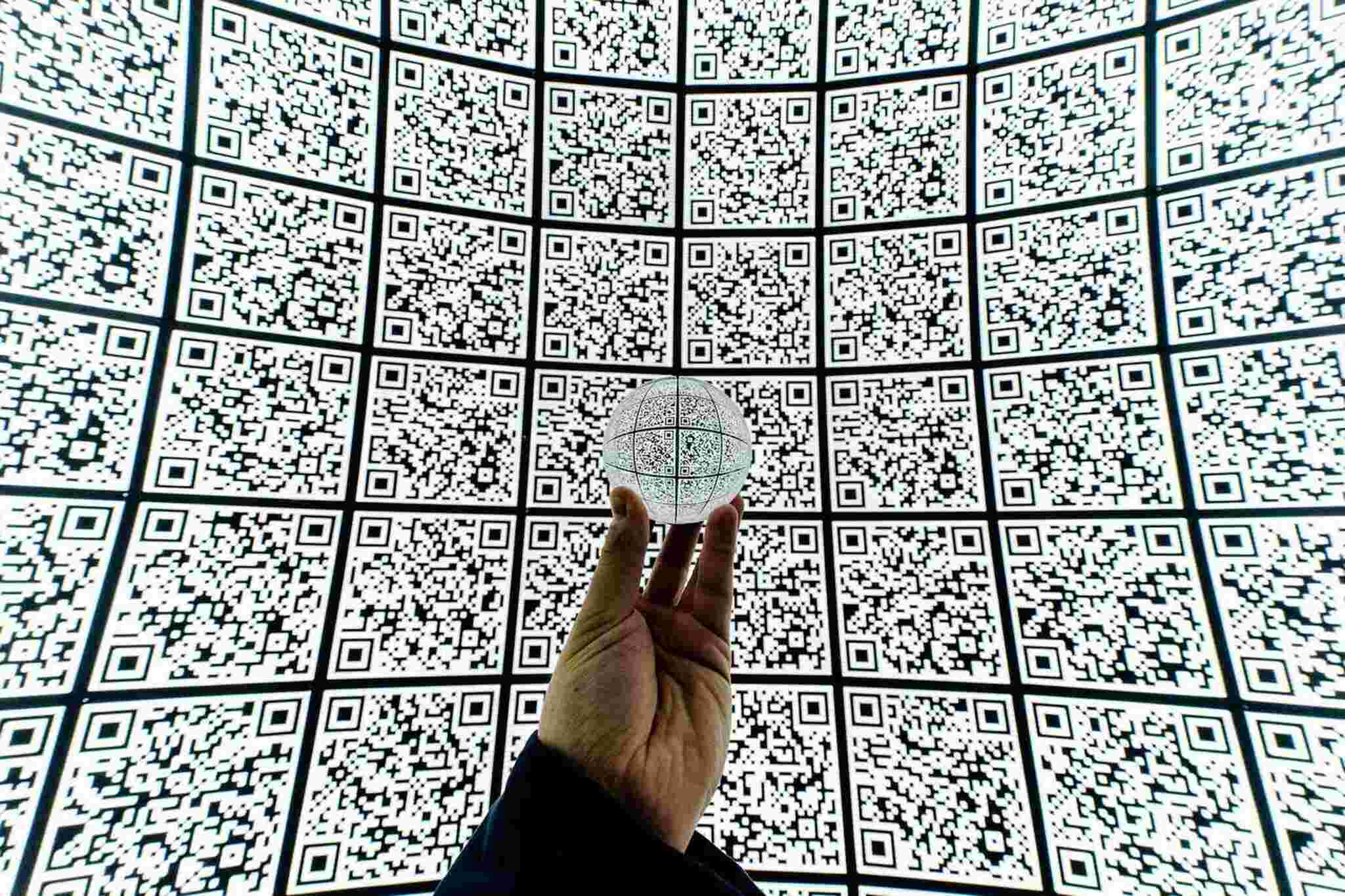
The digital world constantly evolves, with new technologies emerging to provide revolutionary solutions to old-age problems.
With a myriad of ways to share information and promote events digitally, you may question, "Why use a QR code for Google Calendar?"
This section will illustrate various reasons that make the adoption of Google Calendar QR codes particularly advantageous. Brace yourself as we unpack, compare, and delve into the tangible benefits of this mesmerizing blend of QR Code and Google Calendar.
Advantages Over Traditional URL Sharing
URL sharing has been a longtime go-to option for sharing links over email, social media, and other online platforms. However, with the emergence of QR Codes, the narratives are quickly shifting. Here's why QR codes for Google Calendar trump traditional URL sharing:
- Eradicating Manual Errors: Typing long URLs in a browser leaves room for errors, which could lead to users being directed to the wrong web pages or events. Scanning QR codes, on the other hand, is a one-step process that eliminates such mistakes.
- Quick Access: Instead of having to open a browser, type in a URL, or search for an event, users can instantly gain access to event details by simply scanning a QR code.
- No More Copy-Pasting: With URLs, especially on a desktop, users need to copy and paste. This step is entirely removed with a scan-to-go QR Code.
Simply put, using QR codes for Google Calendar offers an error-free and quick access method that outshines traditional URL sharing.
Enhanced Engagement
Engaging users in an increasingly digital age has become paramount to any successful marketing strategy. QR codes for Google Calendar not only aid in effective event sharing but also provide an interactive element that enhances engagement. Here's how:
- Intriguing Scans: A sense of intrigue and excitement is associated with scanning a QR code to reveal hidden information. This element of surprise can increase engagement and be a game-changer for event promotion.
- Attractive to Tech-Savvy Users: With most of the world shifting towards digital, using QR codes shows that you keep up with technological trends. This can appeal to a tech-savvy audience, encouraging better engagement.
A QR code for Google Calendar successfully paves the way for amplified engagement levels by providing a seamless transition from the physical to digital.
Time-Saving

When it comes to getting information, speed is a significant factor that can make or break user experience. Here's how Google Calendar QR codes save precious time:
- Direct to Calendar: For attendees, scanning the QR code takes them directly to the event on Google Calendar. No searching or downloading is needed. Quick and precise!
- Easy to Generate: For organizers, generating a QR code is quick and can be done with a few simple steps. This convenient process saves time that could be better used elsewhere.
By striking off unnecessary steps, using QR codes with Google Calendar streamlines the way events are planned, shared, and accessed.
Cost-Effective
QR Codes are a cost-effective digital tool that requires minimal resources. By using QR codes for sharing Google Calendar events, you can save on costs associated with traditional methods. Here's how:
- Minimal Resources: QR codes are digital and, hence, require no physical materials for creation.
- Easy Production: No fancy equipment or high-level expertise is needed to create QR codes. All you need is an internet connection, a QR code generator, and your event's URL.
- Flexibility: Unlike printed materials, QR codes can be updated if there is a change in event details, eliminating the need for costly reprints.
In an economically conscious environment, the low-cost nature of QR Codes provides a definite edge in event promotions.
How to Generate a Google Calendar QR Code?
After learning about how transformative Google Calendar QR Codes can be, you must be itching to create one! And we are here to guide you through this process. We promise it's going to be a walk in the park! Let's get you familiarised with how to create a QR code for Google Calendar in a few simple steps.
Step One: Creating Your Calendar Event
The first step to creating a Google Calendar QR Code is creating the actual event that you want to share.
Let's get to it:
- Begin by navigating to your Google Calendar. If you don't have one, you must create a Google Account first.
- Once you're in Google Calendar, select the 'Create' button you find in the top-left corner.
- This is where you'll fill out all your event details. You wouldn't want to miss crucial information like the title, date, start and end time of the event, and location if it's a physical event.
- You'll also find an 'Add Description' field. Use this section to describe your event vividly— make it inviting and engaging to your potential attendees.
- Once you've completed all the necessary details, click 'Save.' Ta-da! Your event is now created.
Step Two: Making the Event Public
By default, Google Calendar events are set as 'private' to ensure that your details are not open to the public. However, if you want to share the event with a wider audience, you'll need to make it public:
- Find your event on the calendar and click on it. This will open a pop-up.
- Select 'More Options' in the pop-up. This will get you to the detailed event page.
- Go to the 'Event Details' tab, where you see 'Private'— that's where you can change the visibility.
- Click on it and select 'Public.'
- Save your changes. Your event is now publicly accessible, ready for the world to see!
Step Three: Publishing the Event and Copying the Event Link
Now that your event is public, it needs to be published. What we want is the event link that we will transform into a QR code:
- From the detailed event page, select the 'More actions' dropdown right next to the 'Save' button.
- From the dropdown menu, select 'Publish event.'
- A pop-up titled 'Publish event' should appear.
- In this pop-up, locate the URL that's under 'Link to the event.' It's a long web address.
- Right-click on this URL and select 'Copy'. Congratulations! You have now copied your public event link.
Step Four: Pasting the Event Link into the QR Code Generator
Now, we're getting to the good stuff! It's time to create your QR Code. Remember, we're still exploring how to create a QR code for Google Calendar:
- Search for a free QR Code generator on the web. There are various options available, and you can use QRCodeDynamic for dynamic QR code generation.
- Once you choose your generator, locate the URL field.
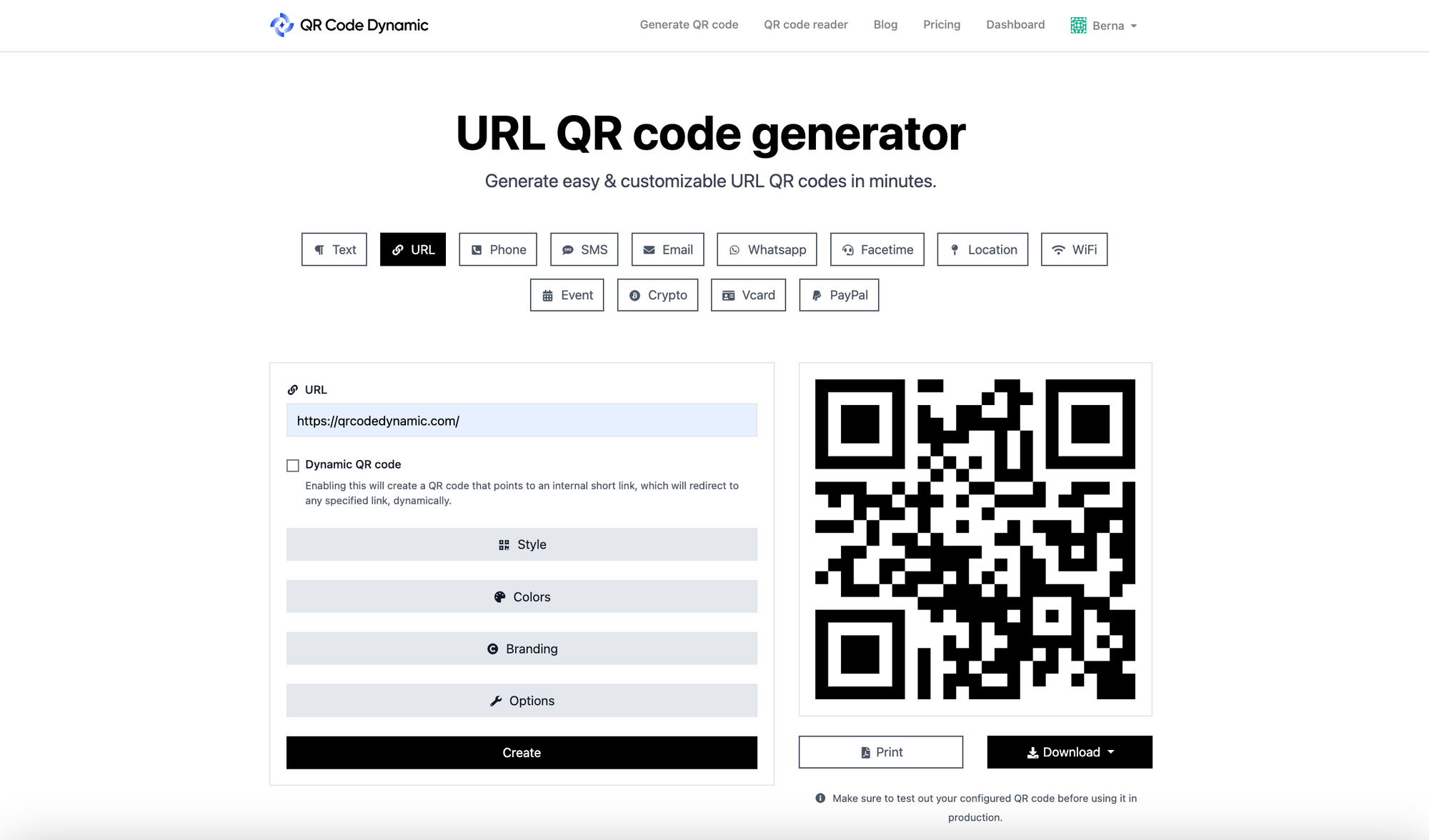
- Right-click inside the URL field and select 'Paste'. You should see your Google Calendar event URL in the field now.
- You will come across other options, such as QR Code color, style, and size. Feel free to explore these options or leave them as default and click on 'Create.'
- Your QR Code will appear in an instant!
Best Practices for Creating a Google Calendar QR Code
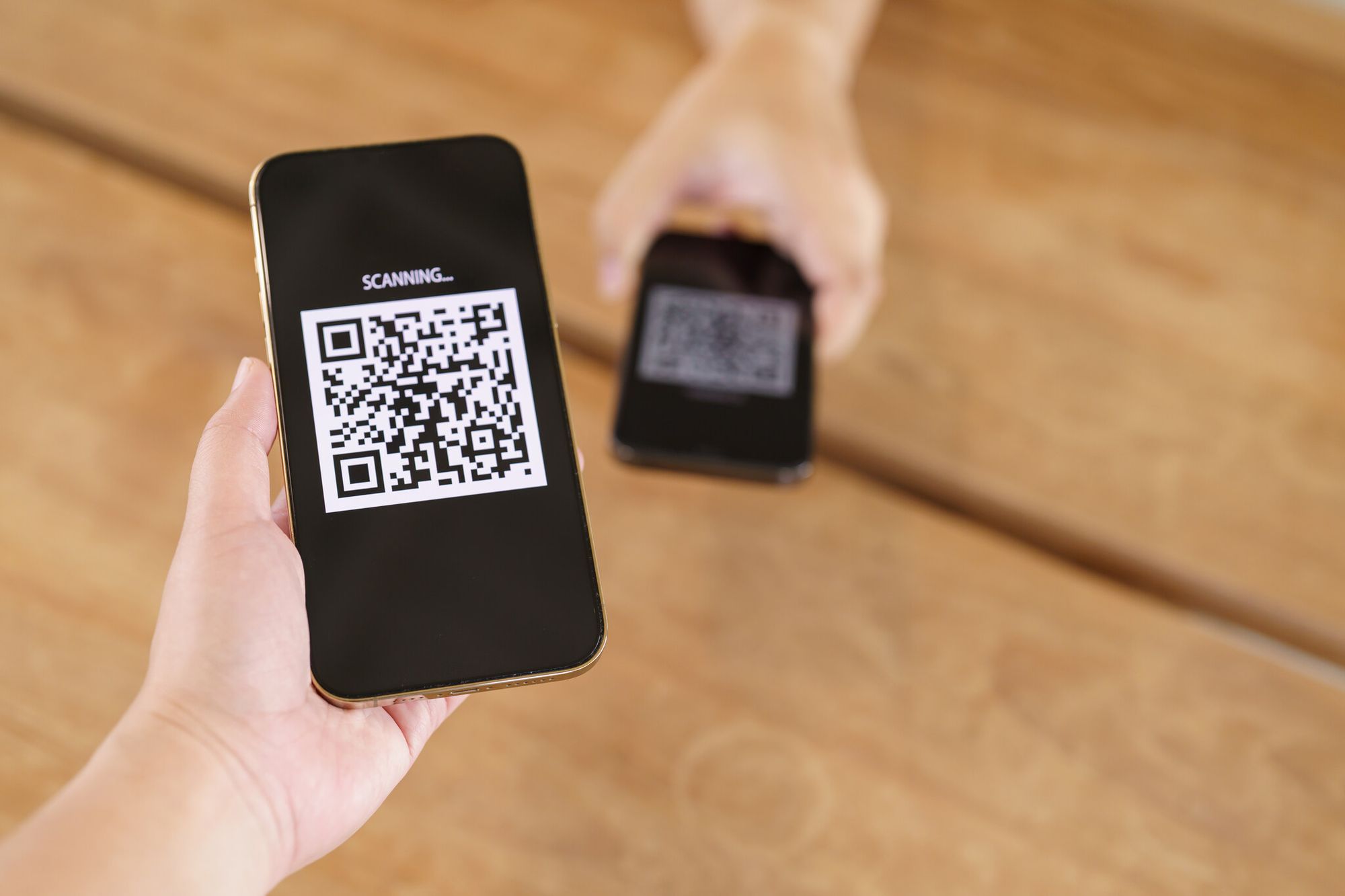
We are now well-acquainted with creating a Google Calendar QR Code, but knowing how to create one effectively can be a game-changer.
We are thus taking the topic a notch higher by introducing the best practices for creating a Google Calendar QR Code.
This will ensure that your QR Code is not just an ordinary one but a performant digital tool that adds significant value to your event planning and management.
The Importance of a Seamless Scanning Experience
When dealing with QR Codes, the cardinal rule is to ensure a seamless scanning experience.
Your QR Code may be a piece of digital art, but if it doesn't scan, it's no good:
- Readable QR Codes: Keep your QR Code simple and clear. Over-complication can cause scanning issues. Maintain a high contrast between the background and the QR Code itself to make sure it's easily scannable, even in low-light conditions.
- Test Before Launch: Never distribute a QR Code without conducting several test scans first. And don't stop at your own device. Test it on multiple devices and with several QR Code scanning apps.
- Optimized Landing Page: Once scanned, your QR Code should lead to an event page that loads quickly and is mobile-friendly. Nothing frustrates a user more than waiting for a slow-loading website or, worse, a page that isn't optimized for their device.
By ensuring these, your Google Calendar QR Code will do what it's meant to do - deliver a seamless scan-to-save-event experience.
Focusing on the Design and Look of the QR Code
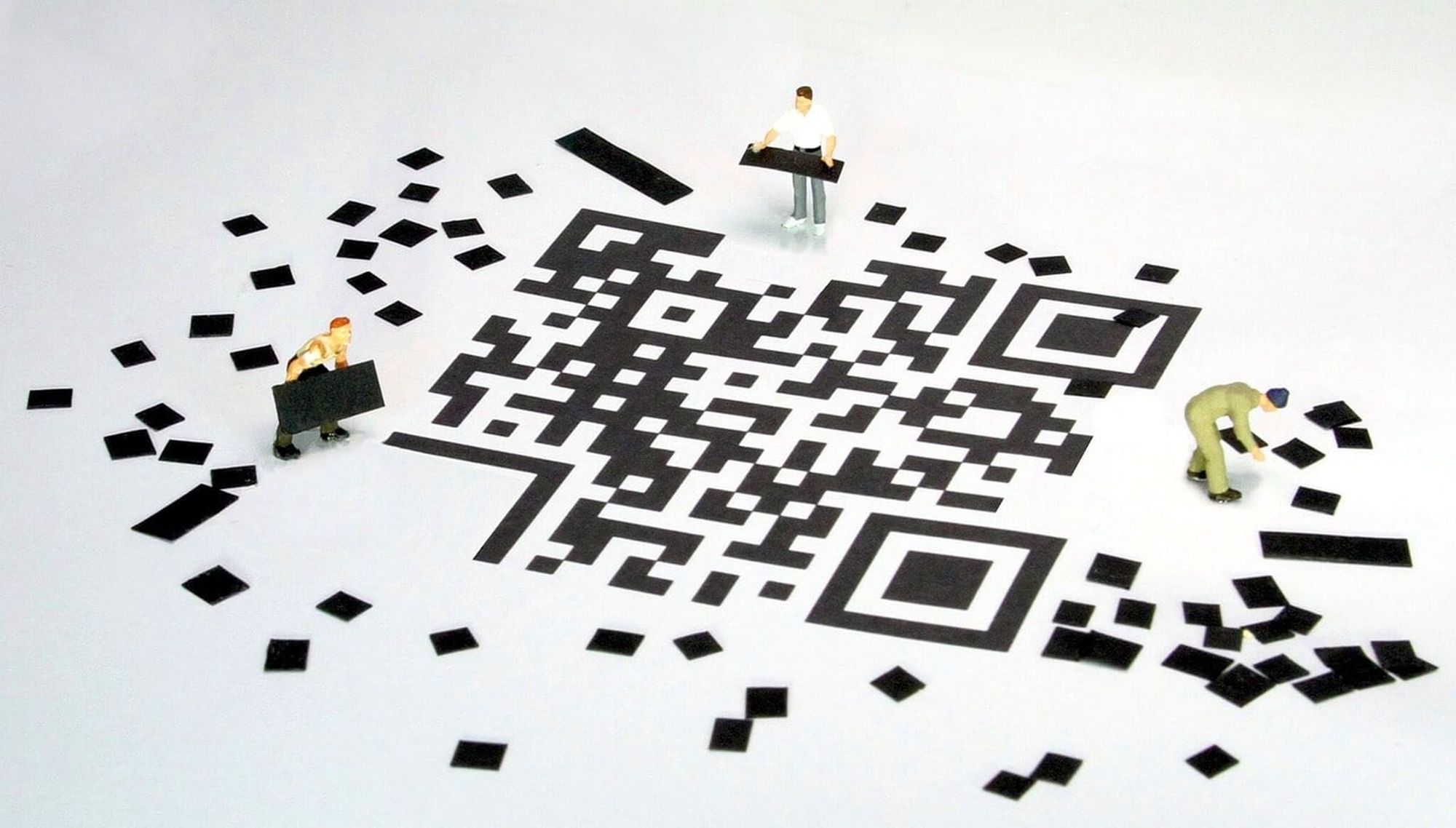
QR Codes no longer have to be dull black-and-white squares. They can be beautiful and align with your brand aesthetic:
- Brand color inclusion: Although black and white is the typical color choice for high contrast, you can experiment with using your brand colors. As long as the contrast is maintained, your QR Code should be easily scannable.
- Logo Integration: Incorporate your brand logo into the QR Code to increase brand recognition and add a personal touch. Most QR Code generators offer logo integration.
- Aesthetically pleasing QR Code: Reflect your event or brand personality in your QR Code design. Varied patterns and shapes in QR Code generators can help with this.
These principles will ensure that your QR Code not only functions effectively but also visually engages your users.
Making QR Code Dynamic for Greater Usability
The beauty of QR Codes is that not only can they embody static information, but they can also be dynamic, allowing you to edit the encoded data without changing the Code itself:
- Reusing QR Code: With dynamic QR Codes, you can change the event the QR Code redirects to without changing the actual QR Code. This allows you to reuse the same QR Code for multiple events.
- Short Notice Changes: Events can change—the date could move, the venue could relocate, or the time could adjust. Dynamic QR Codes allow you to make these changes without needing to change the QR Code itself.
Dynamic QR Codes are especially handy for event organizers who run similar events regularly or have to make short-notice changes.
Placing Effective Calls-to-Action (CTAs)
Your QR Code may be the most important part of your promotional material, but it's nothing without a strong call to action. Tell users clearly what they're supposed to do and what they'll get in return:
- Clear CTAs: Make sure to prompt the user. Use phrases like 'Scan to Save the Date!' or 'Scan to RSVP!' next to your QR Code to encourage scans.
- Benefits Highlight: Highlight the benefits of scanning your QR Code. Will they get event reminders straight to their phone? Will they have instant access to event details?
Incorporating these essentials will ensure your Google Calendar QR Code is not just a standalone entity but a part of a comprehensive, user-friendly invitation.
Effective Placement of Google Calendar QR Codes
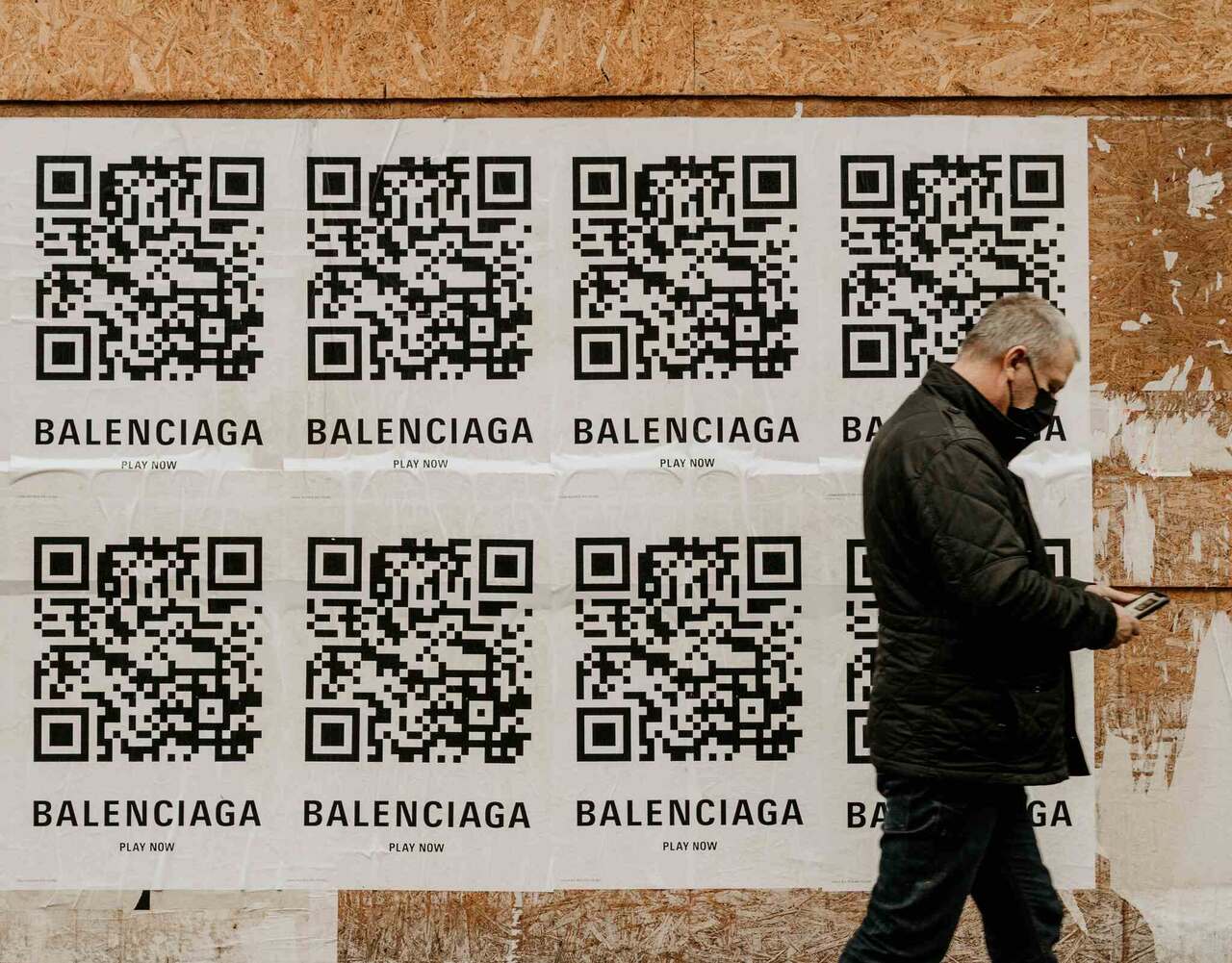
Now that we have covered the 'what,' 'why,' and 'how' of Google Calendar QR Codes, let's delve into an aspect that might not initially seem important but plays a vital role in the effectiveness of your QR Code— its 'Placement.'
Yes, you heard it right! Where you place your QR code is often as essential as creating it.
A well-positioned QR Code can significantly increase its scan rates, making a huge difference to your event traction. After all, is there any use of a QR Code if your audience doesn't notice or cannot scan it conveniently? We bet you'd agree there isn't!
So, without further ado, let's explore how to ensure your Google Calendar QR Code gets all the attention it deserves!
Correct Positioning of the QR Code
It is essential to place it correctly to make it easy for your audience to scan your QR Code. Here are some factors to consider while deciding on the placement:
1. Visibility is Key:
People will only scan your QR Code if they notice it first. Placing the QR Code in a hidden corner of your ad, poster, or flyer will make it less likely to be spotted.
Instead, place your QR Code where it is highly visible and easily accessible. But, ensure that it doesn't overpower other important information considering both the aesthetics and effectiveness.
2. Reachability Matters:
Besides visibility, reachability is also an essential factor. Placing the QR Code too high or too low might make it physically challenging for scanners to access it. After all, it should be at a comfortable height for both tall and short people. Also, if your QR Code is on a poster behind a glass window or inside an exhibit, remember to place it where it can still be scanned without obstacles.
3. Ideal Size:
A QR Code that is too small in size might be overlooked and may also be difficult to scan. Similarly, one that is exceptionally massive might seem intrusive and aesthetically displeasing. Ideally, a QR Code for print use should be at least 1 x 1 inch in size, while one for digital use can be smaller — but test it before publishing to ensure it can still be scanned at that size.
Benefits of Using a Google Calendar QR Code for Promotional Events
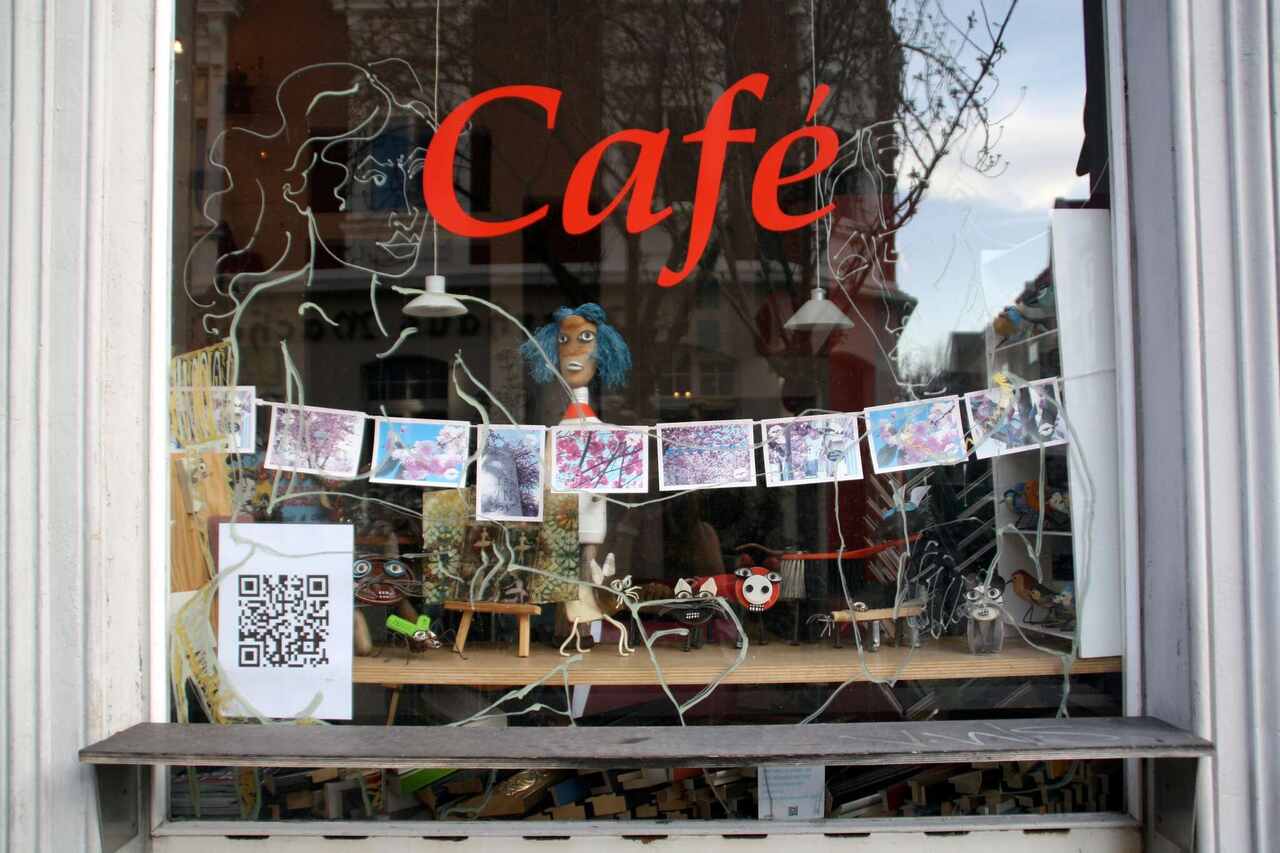
Now that we have unlocked the secret of creating a Google Calendar QR Code, along with the best practices, positioning, and significance of tracking metrics, let's shift our focus toward real value. What are the benefits of using a Google Calendar QR Code, particularly for promotional events? Why has this technology captured the attention of event planners, marketers, and businesses far and wide?
The answer lies in the unique blend of simplicity, flexibility, and power that a Google Calendar QR Code brings to your promotional event strategy. Let's delve deeper into these benefits that make Google Calendar QR Code a tool worth leveraging.
Easy Integration with Marketing Collaterals
A significant advantage of using a Google Calendar QR Code for promotional events is its ability to be seamlessly incorporated into any marketing collateral.
- Digital Marketing: Google Calendar QR Code can be easily added to your email newsletters, social media posts, event pages, or virtually anywhere you're reaching out to invitees online. The viewers merely have to scan the Code off their screens, and voila! They have all the necessary event information at their fingertips.
- Print Media: While digital marketing reigns supreme, traditional print media can still be an impactful way to reach your audience. Flyers, brochures, direct mailers, posters, billboards - you name it! A Google Calendar QR Code can fit in just about any of these materials. Remember, the key here is visibility. Make your QR Code large, clear, and scan-friendly.
- Branded Merchandise: Branded merchandise continues to be a useful marketing strategy for many organizations. By embedding your Google Calendar QR Code on t-shirts, mugs, badges, or any other merchandise, you are essentially creating a mobile advertisement for your event.
Integration of Google Calendar QR Code into your marketing materials enables easy access to the event details and saves you considerable advertising space - giving you more room to be creative and impactful in your event promotion.
Provision of Data Tracking Options

As alluded to in the previous sections, a powerful feature of the Google Calendar QR Code is its ability to challenge the traditional "barcode" triviality by providing substantial data tracking options. This capability offers a wealth of insights into how your audience interacts with your Code.
- Scan Metrics: Each scan is traced, meaning you can count precisely how many potential attendees your Code is reaching. You can also monitor the scan timeline to understand when your audience is most active. These metrics can provide invaluable feedback about your event's build-up phase and help you adapt accordingly.
- Demographic Data: Ever wondered where your scans are coming from? The demographic data can give you a good idea! By understanding where your Google Calendar QR Code is most successful, you can tailor your marketing strategy based on geographical locations.
- Device Types: Tracking metrics provide data on how your audience interacts with your QR Code – which devices they are using, what scanning apps they prefer, and more. With this knowledge, you can optimize your Google Calendar event page for those devices and applications.
Data tracking options take the guesswork out of your event promotion strategy, allowing you to measure the success and calculate the return on your marketing efforts.
Use Case Examples of Google Calendar QR Codes

As the old axiom goes, "Actions speak louder than words." So, why just read about the benefits of Google Calendar QR Codes when we can learn from their practical applications? Let's delve into a few real-time use cases that have capitalized on the power of Google Calendar QR Codes.
By taking a closer look at Conferences, Literary Events, and Seminars, we aim to paint a vivid picture of Google Calendar QR Codes.
Conferences
Conferences bring like-minded professionals together under a common theme, often congregating participants from all over the world.
With such a large and diverse audience, efficient sharing of event details is paramount, and this is where Google Calendar QR codes shine.
- Promotional Emails: Mails sent out to potential attendees can contain the Google Calendar QR code. A quick scan enables the users to save the event details onto their personal Google calendars, thereby increasing the likelihood of attendance.
- Conference Banners and Posters: QR codes on promotional graphics and banners at strategic positions in and around the venue offer an easy-access point for attendees to have all conference-related information at their fingertips.
- Conference Brochures: Organizers can include the QR Code within the event guide or the conference brochure. Attendees can scan it to add specific sessions or events to their schedule.
Literary Events
Literary events like book launches, author readings, and literary festivals have a broad appeal. A Google Calendar QR code can amplify the impact of these events with its simplicity and effectiveness.
- Invitations: Invitations to a literary event, whether digital or printed, can incorporate the Google Calendar QR code. This ensures that recipients can quickly add the event to their calendars, increasing the probability of their participation.
- Social Media Promotion: Google Calendar QR codes can be featured in social media posts to promote the event. Followers can instantly scan and save the event details, enhancing the promotion strategy.
- Event Bookmarks: A novel idea for literary events would be to print the Google Calendar QR code on bookmarks. Not only does the user get a functional bookmark, but they also get a reminder of the upcoming event every time they open their book.
Seminars
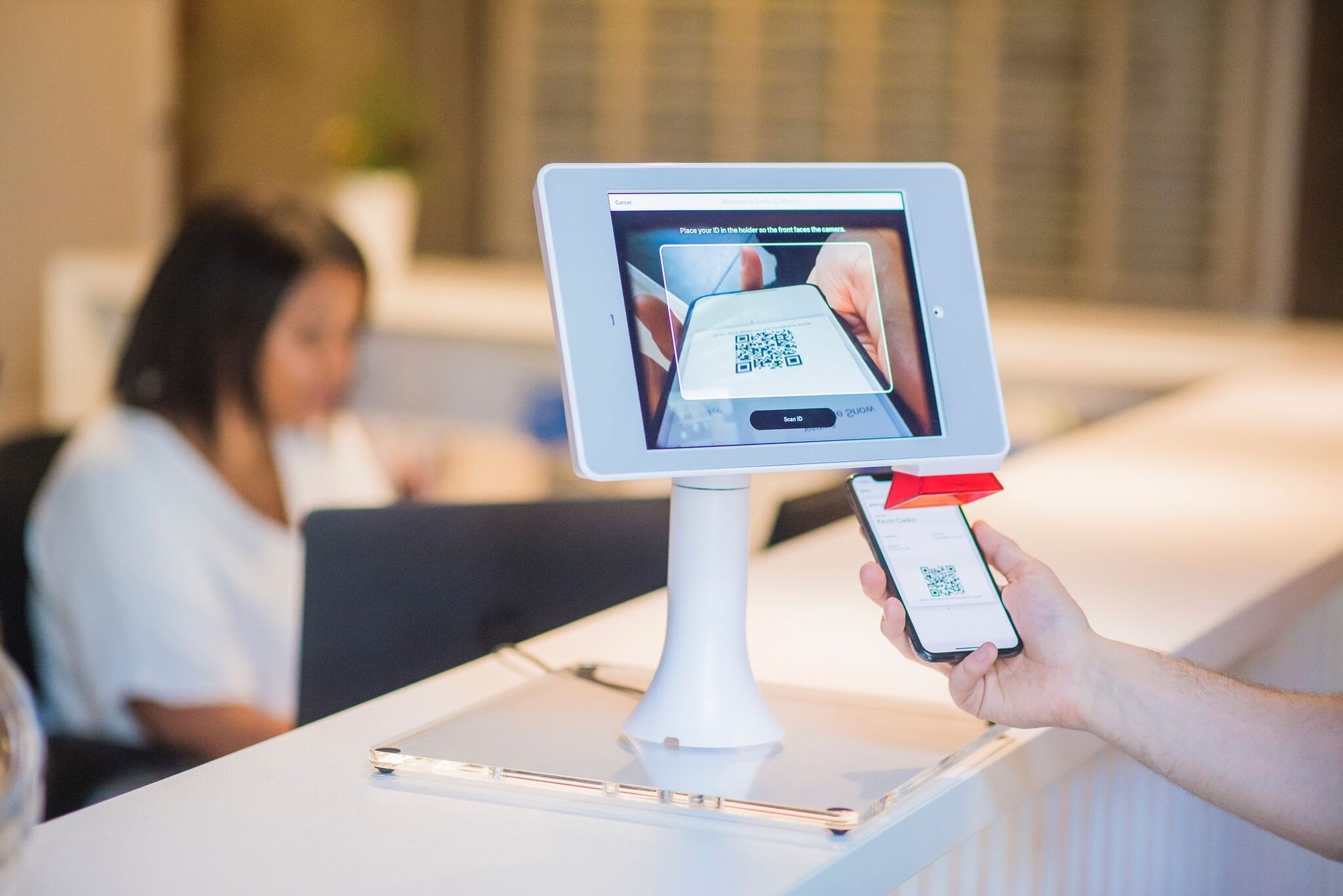
Seminars and workshops are platforms that disseminate specialized knowledge. The convenience offered by Google Calendar QR codes can be particularly beneficial for the targeted audience.
- Registration Portal: A Google Calendar QR code can be strategically placed at the online seminar registration portal. After signing up, attendees can quickly scan the code to save the seminar details.
- Participant Handouts: Handouts or printed materials given during the seminar can include the QR code. This would allow participants to navigate the seminar schedule or any updated information quickly.
- Access Passes: If the seminar involves an access pass, the pass could include the Google Calendar QR code. Attendees can scan it to add the seminar schedule at their convenience.
Conclusion
Let's take a moment to look back at the trail we've blazed through. We've walked through the strategic blend of QR technology and Google Calendar to create a potent tool for managing and sharing events.
It simplifies event sharing and has extended benefits that help elevate our event management game.
Using Google Calendar QR codes can be advantageous over traditional URL sharing in many ways - enhancing engagement, saving time, and being cost-effective. Generating a Google Calendar QR code is smooth sailing, with step-by-step guidance that involves creating, publishing the event, and then using a QR code generator.
We hope you found this article helpful and can apply the strategies and tips we provided quickly!


